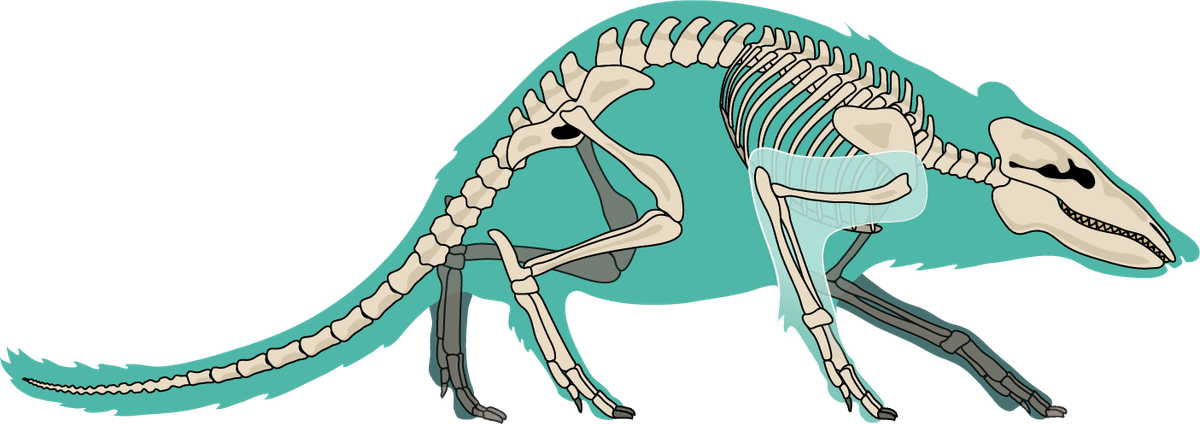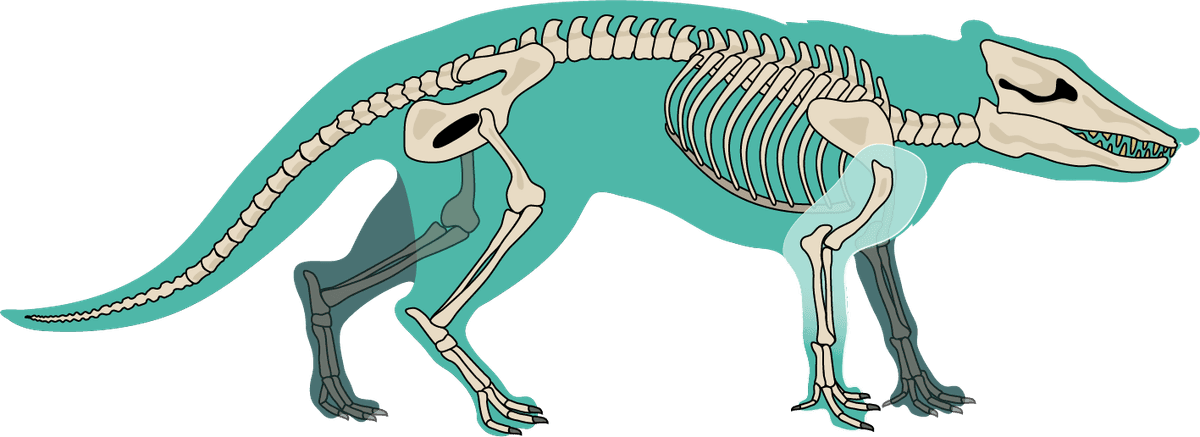Myths about teaching can hold you back
- Year 10
- AQA
- Higher
The fossil record provides evidence for evolution
I can describe how the fossil record provides evidence that the features of species change (evolve) over time.
- Year 10
- AQA
- Higher
The fossil record provides evidence for evolution
I can describe how the fossil record provides evidence that the features of species change (evolve) over time.
These resources were made for remote use during the pandemic, not classroom teaching.
Switch to our new teaching resources now - designed by teachers and leading subject experts, and tested in classrooms.
Lesson details
Key learning points
- The fossil record is made up of millions of fossils aged from 10,000 to billions of years old.
- Fossils show that some species have gone extinct.
- Fossils show that the features of some species have changed (evolved) over time.
- An example of a series of fossils showing changes from evolutionary ancestors to modern species (e.g. whales).
Keywords
Fossil - Fossils are the mineralised remains of once-living organisms, or of traces left behind by organisms.
Fossil record - All the fossils ever found, and their ages, provide a body of evidence called the fossil record.
Extinct - An extinct species has no living members.
Evolution - The process in which the characteristics of species change over many generations, sometimes becoming new species.
Common misconception
Students often struggle to remember that any organism (not just animals) can become a fossil
This is addressed in the lesson by including examples of fossilised plant and cell material. The first practice task also addresses this misconception.
To help you plan your year 10 biology lesson on: The fossil record provides evidence for evolution, download all teaching resources for free and adapt to suit your pupils' needs...
To help you plan your year 10 biology lesson on: The fossil record provides evidence for evolution, download all teaching resources for free and adapt to suit your pupils' needs.
The starter quiz will activate and check your pupils' prior knowledge, with versions available both with and without answers in PDF format.
We use learning cycles to break down learning into key concepts or ideas linked to the learning outcome. Each learning cycle features explanations with checks for understanding and practice tasks with feedback. All of this is found in our slide decks, ready for you to download and edit. The practice tasks are also available as printable worksheets and some lessons have additional materials with extra material you might need for teaching the lesson.
The assessment exit quiz will test your pupils' understanding of the key learning points.
Our video is a tool for planning, showing how other teachers might teach the lesson, offering helpful tips, modelled explanations and inspiration for your own delivery in the classroom. Plus, you can set it as homework or revision for pupils and keep their learning on track by sharing an online pupil version of this lesson.
Explore more key stage 4 biology lessons from the Fossil evidence, selective breeding and explaining evolution unit, dive into the full secondary biology curriculum, or learn more about lesson planning.

Equipment
None required.
Licence
Prior knowledge starter quiz
6 Questions
Q1.Which of these things is a fossil?
Q2.Which of these things could become a fossil?
Q3.Which of these things could not become a fossil?
Q4.Who correctly explains why it is unlikely that a jellyfish could become a fossil?
Q5.True or false? Every organism that dies becomes a fossil.
Q6.Put the statements in order to explain how a dead organism can be turned into a fossil.
Assessment exit quiz
6 Questions
Q1.When a rock contains the mineralised remains of a once-living organism, it is said to contain a ...
Q2.How old are the oldest fossils ever found?
Q3.How old are the newest fossils ever found?
Q4.Match each term to the correct definition.
the mineralised remains of a single dead organism
all the fossils ever found and their ages
changes in the characteristics of a species over many generations
Q5.Which fossil is the most recent evolutionary ancestor of the modern whale?






